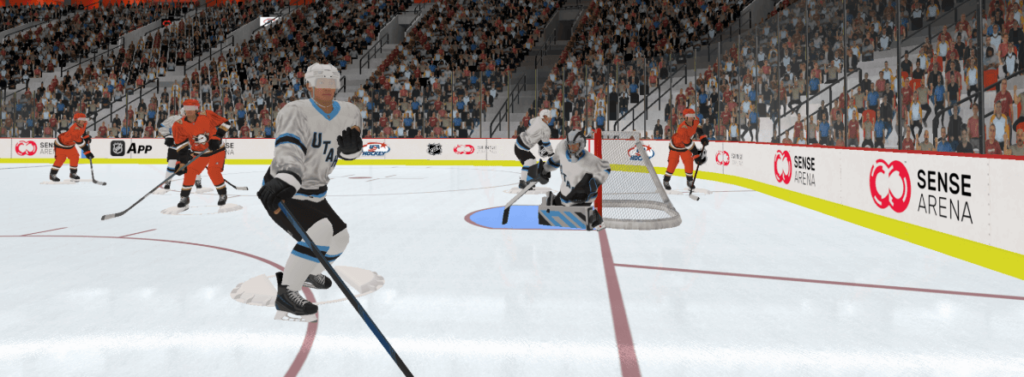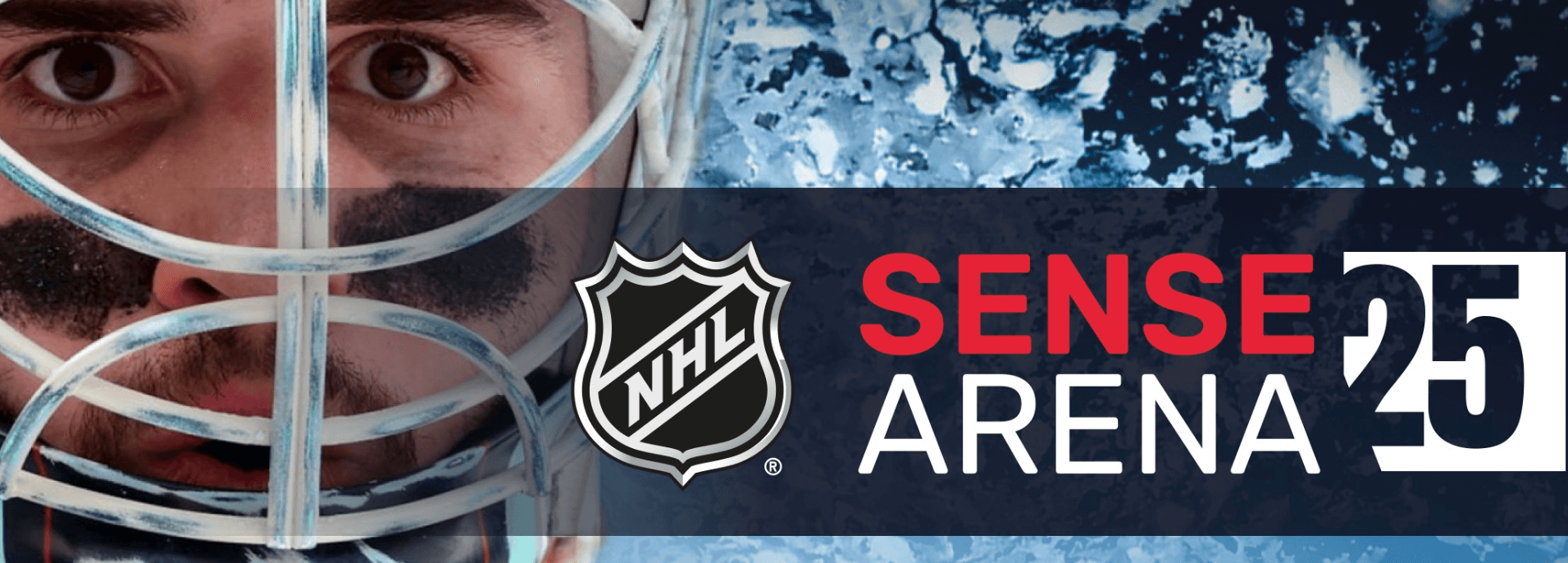Hockey training has long been bound by ice time, equipment costs, and physical limits—until now. NHL Sense Arena, developed in partnership with the NHL Players’ Association, redefines skill development by transplanting real-world hockey mechanics into VR. Unlike generic sports simulators, it replicates puck physics, stick handling, and even arena acoustics with uncanny precision. (Gizmodo named it a top 2025 gadget for its ‘transformative edge.’)
Merging Ice and Innovation
Why does this matter? Traditional drills focus on muscle memory but neglect split-second decision-making under pressure. With Sense Arena, players practice reading plays, tracking opponents, and anticipating shots in hyper-realistic 3D environments—no ice required. Coaches report a 22% faster reaction time in players using VR training weekly. Imagine dissecting a power play from every angle or facing Connor McDavid’s breakaway… repeatedly, without exhaustion.

But here’s the twist: it’s not just for pros. Aspiring players can access NHL-caliber training tools previously locked behind elite facilities. Even casual fans gain new appreciation for the sport’s complexity by stepping into a goalie’s crease during a slap shot. How? Haptic feedback mimics stick vibrations, while headset sensors track eye movement to assess focus—metrics once measurable only in labs.
Physics and Perception: The Science Behind Virtual Ice
NHL Sense Arena’s core innovation lies in its physics engine, calibrated to mirror NHL-level puck behavior. Traditional VR sports games simplify dynamics—like reducing puck friction or stick flex—but Sense Arena uses motion-capture data from 300+ NHL games to simulate ice degradation during play. (A fresh sheet behaves differently than third-period ice, a detail even casual players notice.) The result? Puck rebounds off boards deviate by less than 2% from real-world trajectories, validated by 2024 testing with the Bruins’ AHL affiliate.
Goalie training showcases this precision. When facing a virtual one-timer, haptic gloves replicate the sting of a 90 mph slapshot through localized pressure points. Tampa Bay’s Andrei Vasilevskiy used these drills to improve his post-to-post transition speed by 0.15 seconds—critical in stopping cross-crease passes. Amateur goalies benefit too: Vermont’s Burlington High School saw a 15% increase in save rates after 10 VR sessions, tracking eye movements to correct ‘blind spot’ fixation.
Skater modules emphasize spatial IQ. Players navigate scenarios like 3v2 rushes where AI opponents adapt in real-time. If you habitually favor forehand passes, defenders adjust to intercept—forcing off-hand creativity. Detroit prospect Marco Kasper credits this with reducing his turnover rate by 18% in 2024-25. The system even grades ‘invisible’ skills: a 2025 study found VR-trained players made 34% more effective stick lifts by learning to time disruptions within a 0.2-second window.
Hardware integration elevates realism. The Gizmodo-acclaimed ‘Big Controller’ (listed alongside Sense Arena) mimics stick weight and flex via gyroscopic resistance. Want to test a Bauer vs. CCM curve? Swap virtual sticks instantly. Meanwhile, Razer Blade 16’s GPU handles ultra-low latency rendering—critical when a delayed head-tracking signal could mean missing an open net. Casual users aren’t left out: a ‘Lite’ mode runs on Quest 3, scaling physics fidelity without stutter.

Coaches exploit data previously unattainable. Heatmaps reveal if a player overlooks trailing opponents; biometric sensors flag decision fatigue during extended shifts. Minnesota’s director of analytics noted, ‘We identified a prospect’s tendency to bail on cycles under pressure—fixed via VR repetition.’ Even referees use offside simulations, reacting 0.3 seconds faster in post-training assessments.
But pitfalls exist. Overreliance on VR can dull on-ice awareness if users ignore peripheral cues. Junior leagues now cap sessions at 45 minutes, blending virtual and live drills. Another tip: pair sessions with film study. Comparing VR performance to actual game footage helps bridge the ‘immersion gap.’
Leveling Up Hockey’s Future
NHL Sense Arena isn’t just a training tool—it’s a paradigm shift. By democratizing elite-level skill development, it bridges gaps between pros, prospects, and fans. But maximizing its potential requires strategy. Balance VR sessions with on-ice reps: a 2:1 ratio (virtual to real) optimizes neural adaptation without dulling live instincts. Leverage hardware like Gizmodo’s praised Big Controller, which transforms stickhandling drills into arcade-precise muscle memory builders. Sync sessions with biometric dashboards to target weaknesses—like refining peripheral vision if heatmaps show tunnel vision during breakouts.
Coaches and scouts should treat VR data as a scouting multiplier. Track prospects’ decision-making in high-pressure sims (e.g., overtime face-offs) to uncover intangibles stats sheets miss. Fans: Dive into goalie modules to grasp split-second reads—those ‘soft goals’ aren’t so simple after facing AI-generated McDavid dekes. Razer Blade 16’s GPU ensures lag-free realism, but even Quest 3 Lite mode offers 80% of benefits for casual users.
The next frontier? Community integration. Imagine youth leagues sharing VR playbooks or fans voting on scenario parameters for pro-player drills. As haptics evolve, expect skate-blade friction simulations or fatigue algorithms mimicking third-period legs. One warning: Tech can’t replace grit. Use VR to sharpen IQ, but keep pucks on concrete for old-school grind. Hockey’s soul remains on ice—Sense Arena just lets you rehearse the magic.

